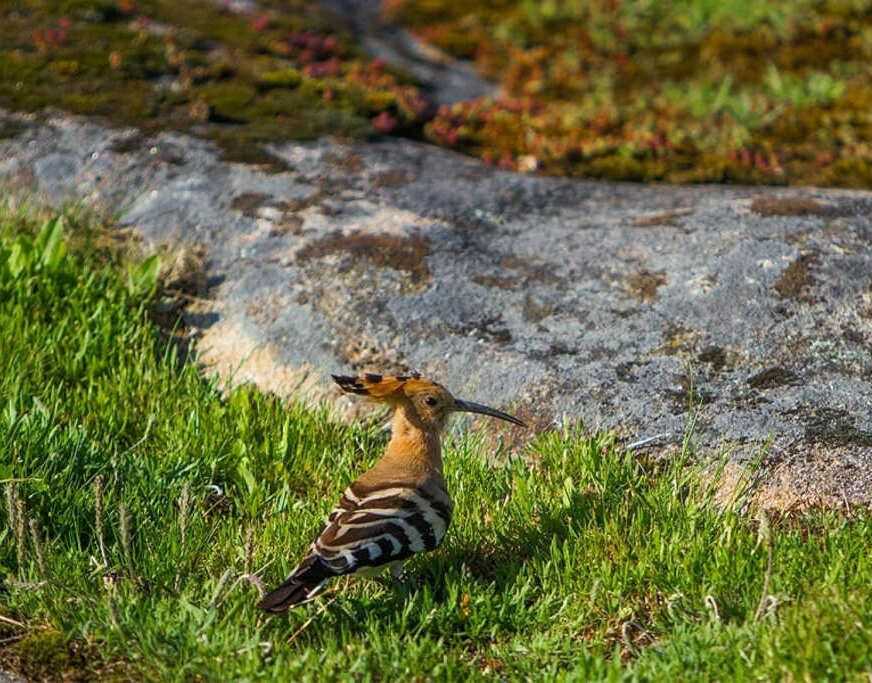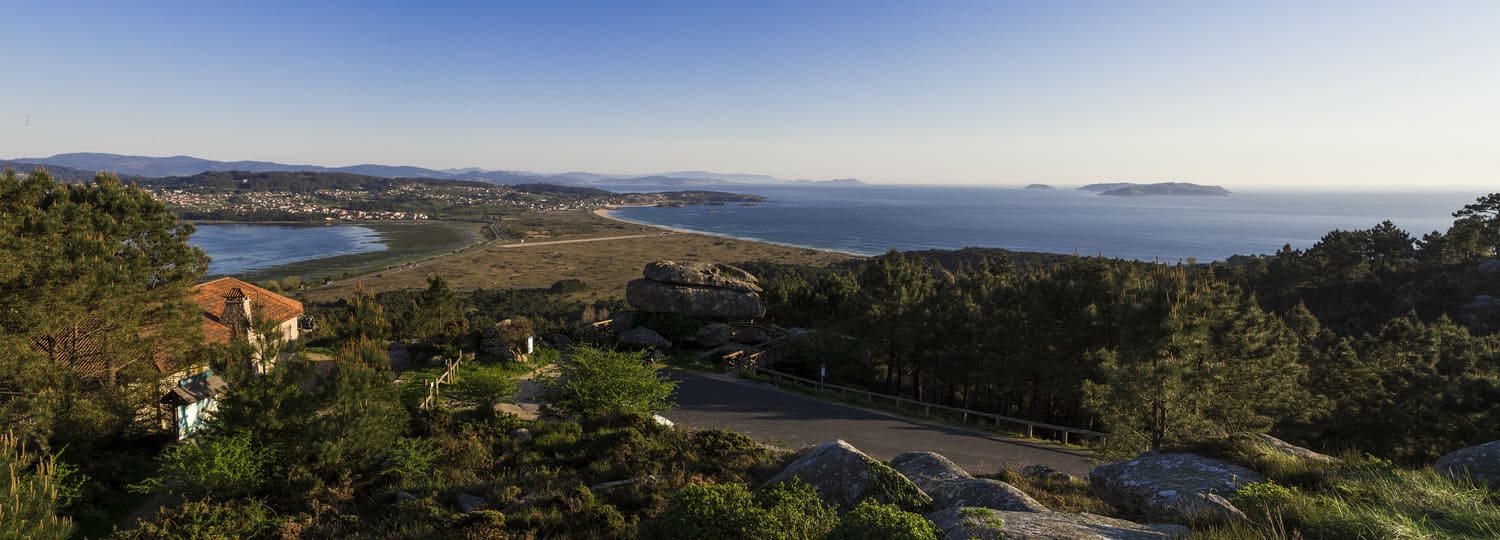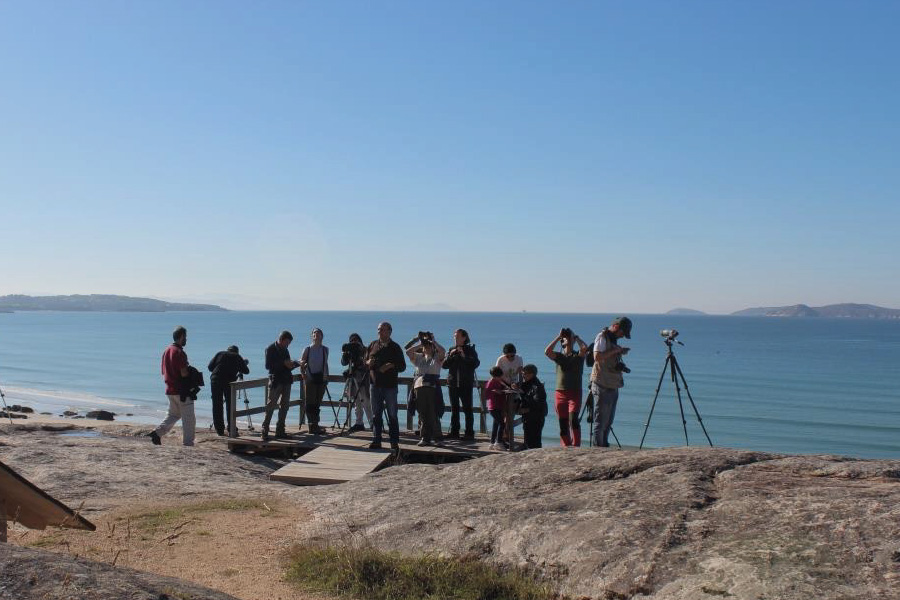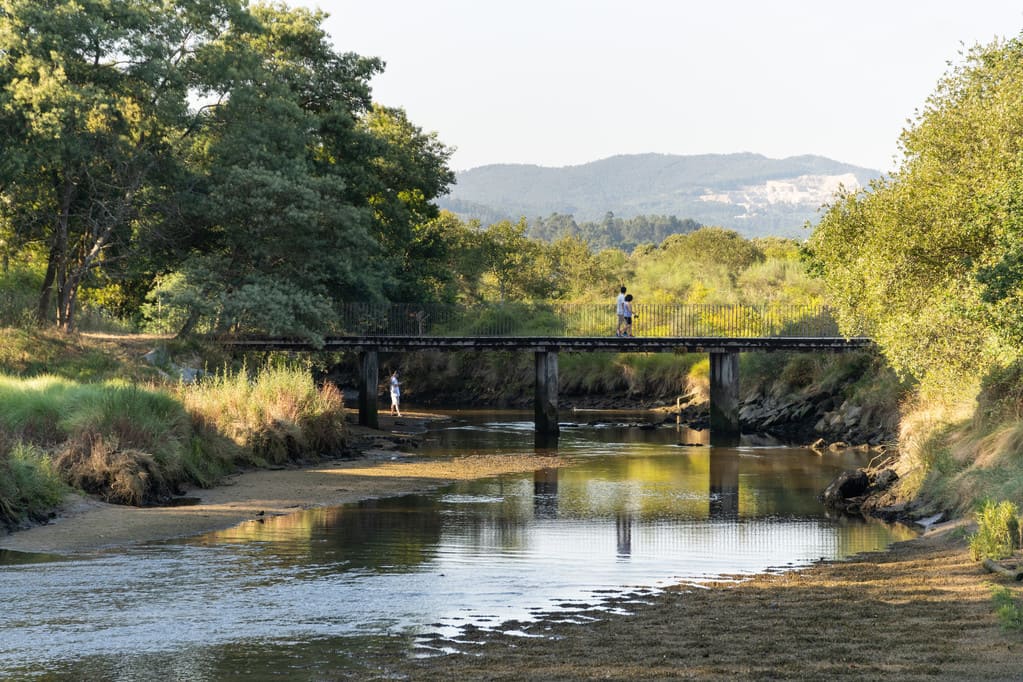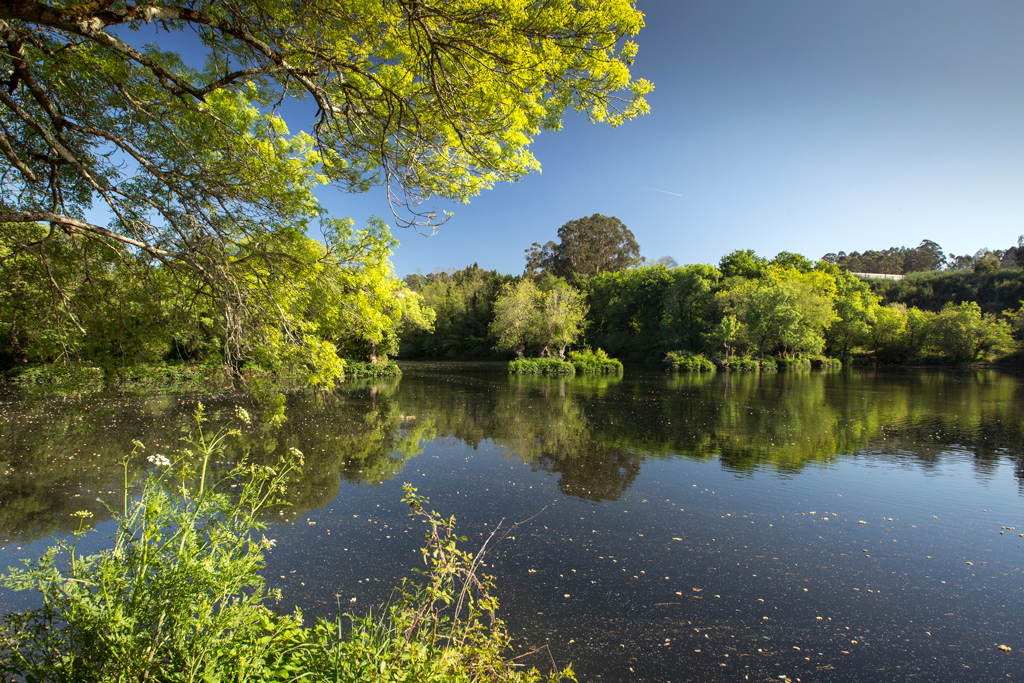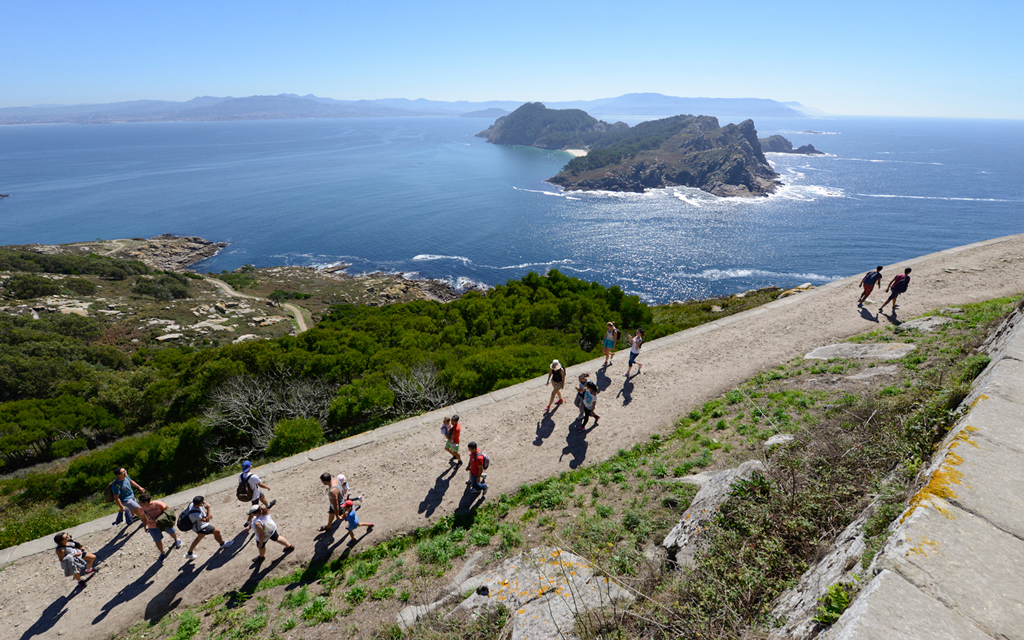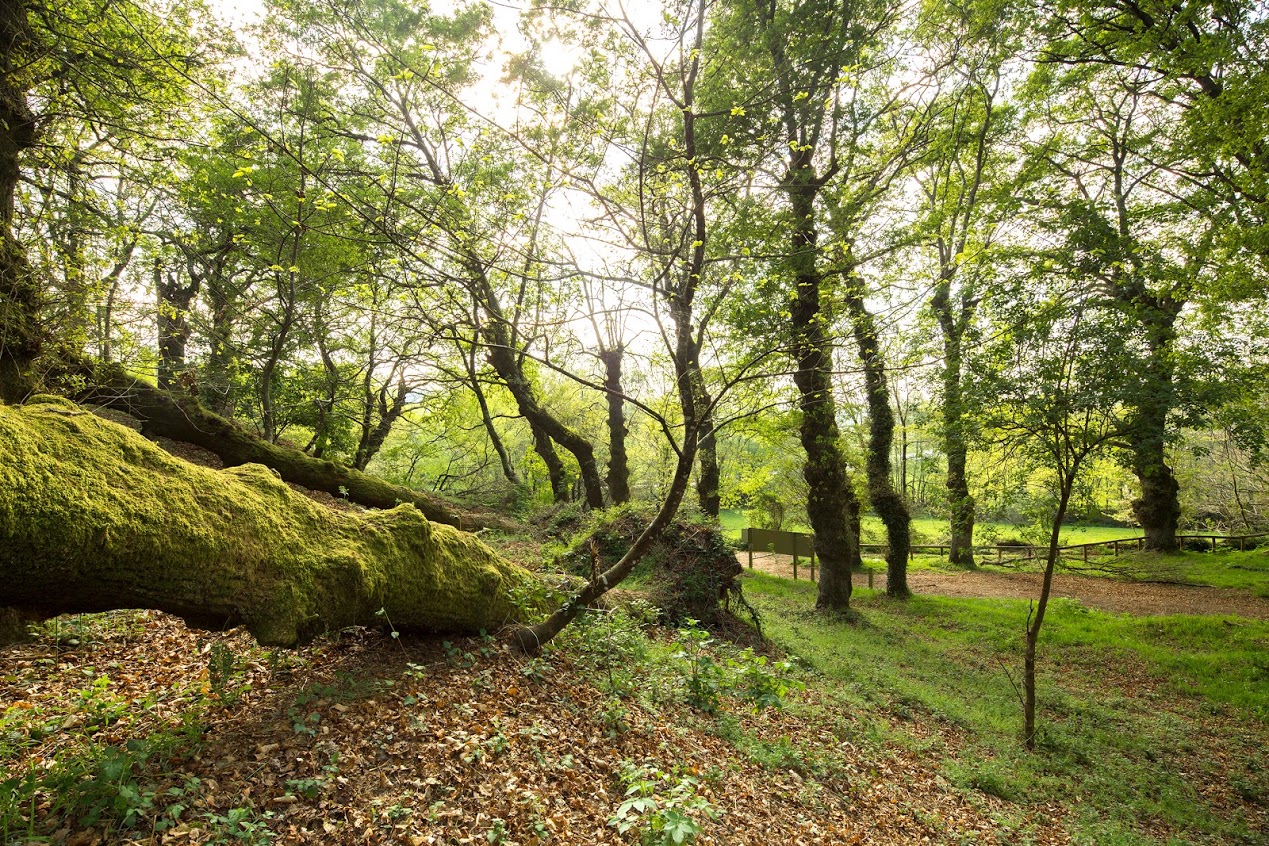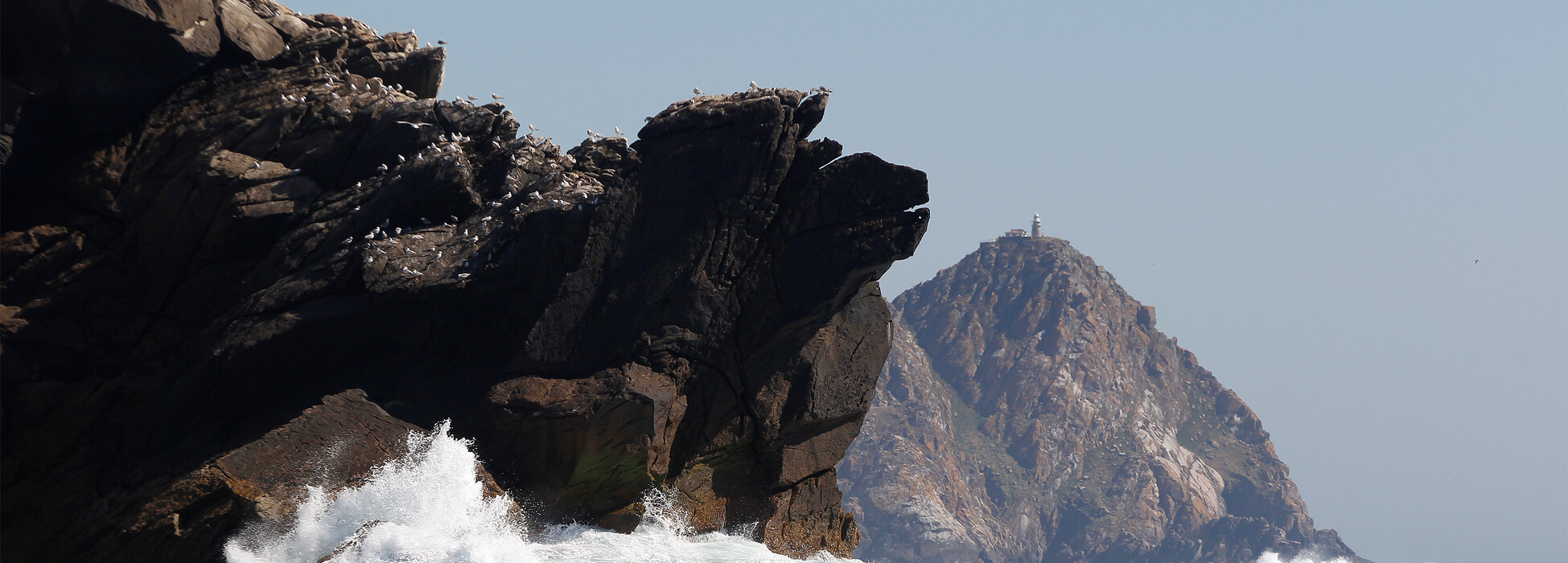
Birdwatching: the best spots in As Rías Baixas
Can you identify a heron, a scoter or a flock of little grebes? The province of Pontevedra is home to hundreds of bird species and offers beautiful landscapes to see them. It is time to plan your birdwatching route
Cormorants, gannets, European turtle doves, herons, scoters or short-toed snake eagles. The variety of species and the beauty of the landscapes where they can nest make As Rías Baixas a privileged spot for birdwatching. If you like birds, take note, because the province of Pontevedra offers a large number of options to enjoy them in their natural habitat.
In Cíes, you can find the largest colony of yellow-legged gulls in the world. They are also home to many specimens of shags
Start your route at the Umia-O Grove Intermareal Complex, a Site of Community Importance that in recent years has become a national reference spot for wintering waterbirds, with around 18,000 specimens.
don’t miss ...
- Intertidal Complex Umia-O Grove
- Estuary of the Miño River
- Wetlands Brañas de Xestoso
- Monte Faro viewpoint in Cíes
The Atlantic Islands National Park is another attractive area for bird enthusiasts, which is also certified by the bird tourism sector. In Cíes, you can find the largest colony of yellow-legged gulls in the world. Other varieties that can be watched in the islands are European shags, gannets, common woodpigeons or doves.
In the south of the province, you can find the estuary of the Miño River. It is the perfect habitat for migratory birds and waders such as godwits, redshanks, dunlins or lapwings. There, other species as ducks, herons or grebes, scoters; and predatory birds as the hen harrier, the black-shouldered kite and the osprey can also be seen. There are more than 3,500 specimens in winter.
The Atlantic Islands
The Atlantic Islands National Park is a benchmark for birdwatching in Europe. Its marshes, beaches and cliffs, perfect for breeding, make its islands a refuge for dozens of unique species. Every year, many visitors are attracted to this island for its natural richness and bird diversity. In this archipelago, more than twenty species have been identified, 1,100 pairs of cormorants and more than 15,000 yellow-legged gulls, which are especially abundant in the islands of Cíes and Salvora.
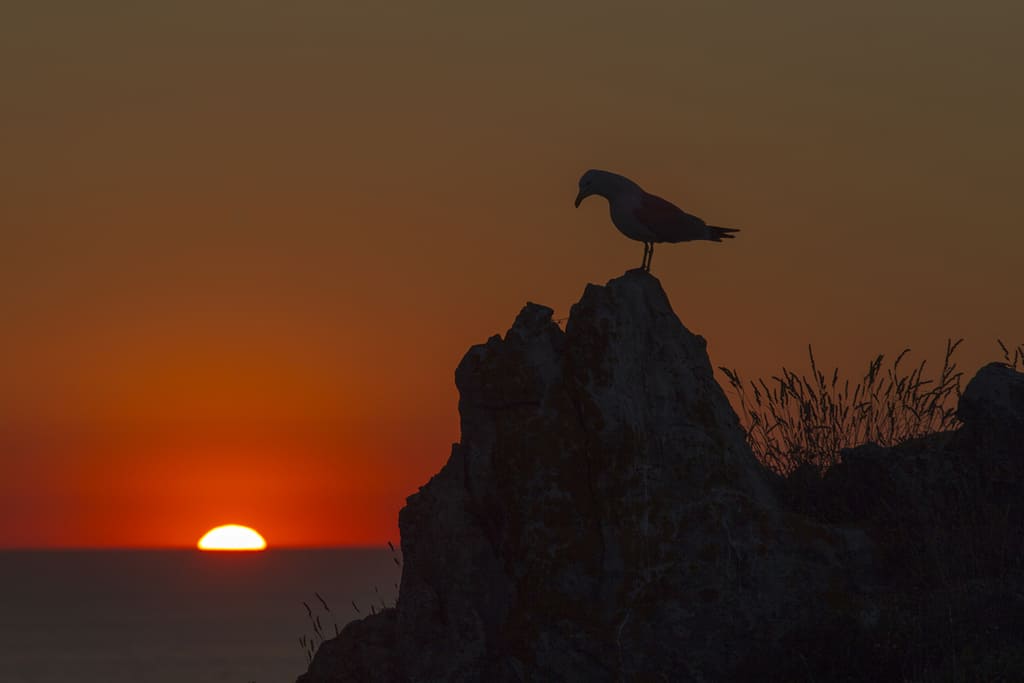
Bird enthusiasts will learn more about the province in the wetland with meadows known as Brañas de Xestoso, in the surroundings of O Candán Hill. The lagoon known as Sacra de Olives is the habitat of a large number of protected species. Some representative examples of the species that can be watched here are yellowhammers, rock buntings, skylarks, mistle thrushs, corn buntings as well as other migratory species coming from Africa.
As Rías Baixas offers many wetlands and marshes perfect for bird watching. Among them, it is worth mentioning the Gándaras de Budiño (O Porriño); the marshes in Alba, on the banks of the Lérez River; the Monte Aloia Interpretation Centre (Tui); and the wetlands of A Ramallosa and Cotorredondo, both having a bird recovery centre.








